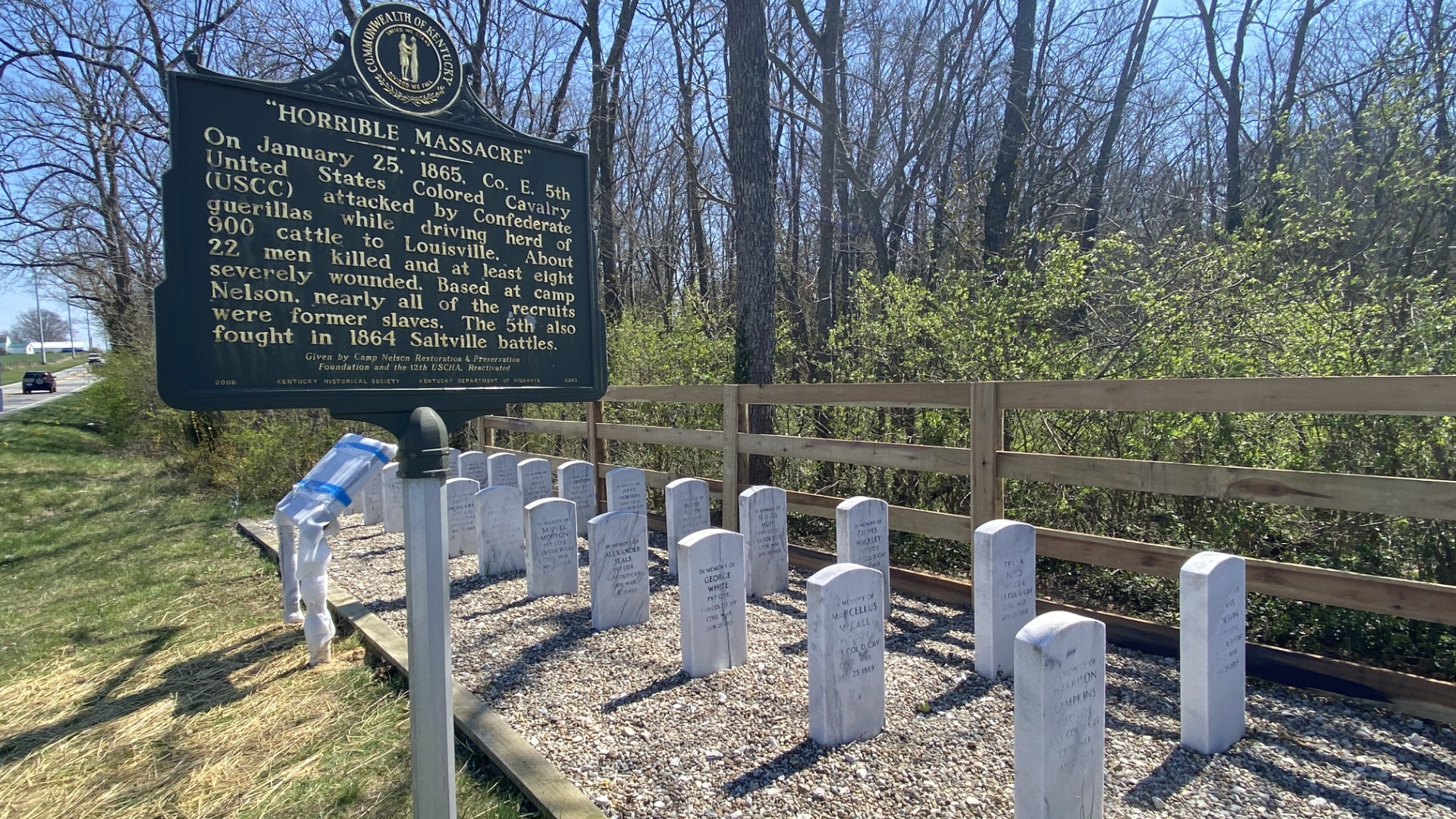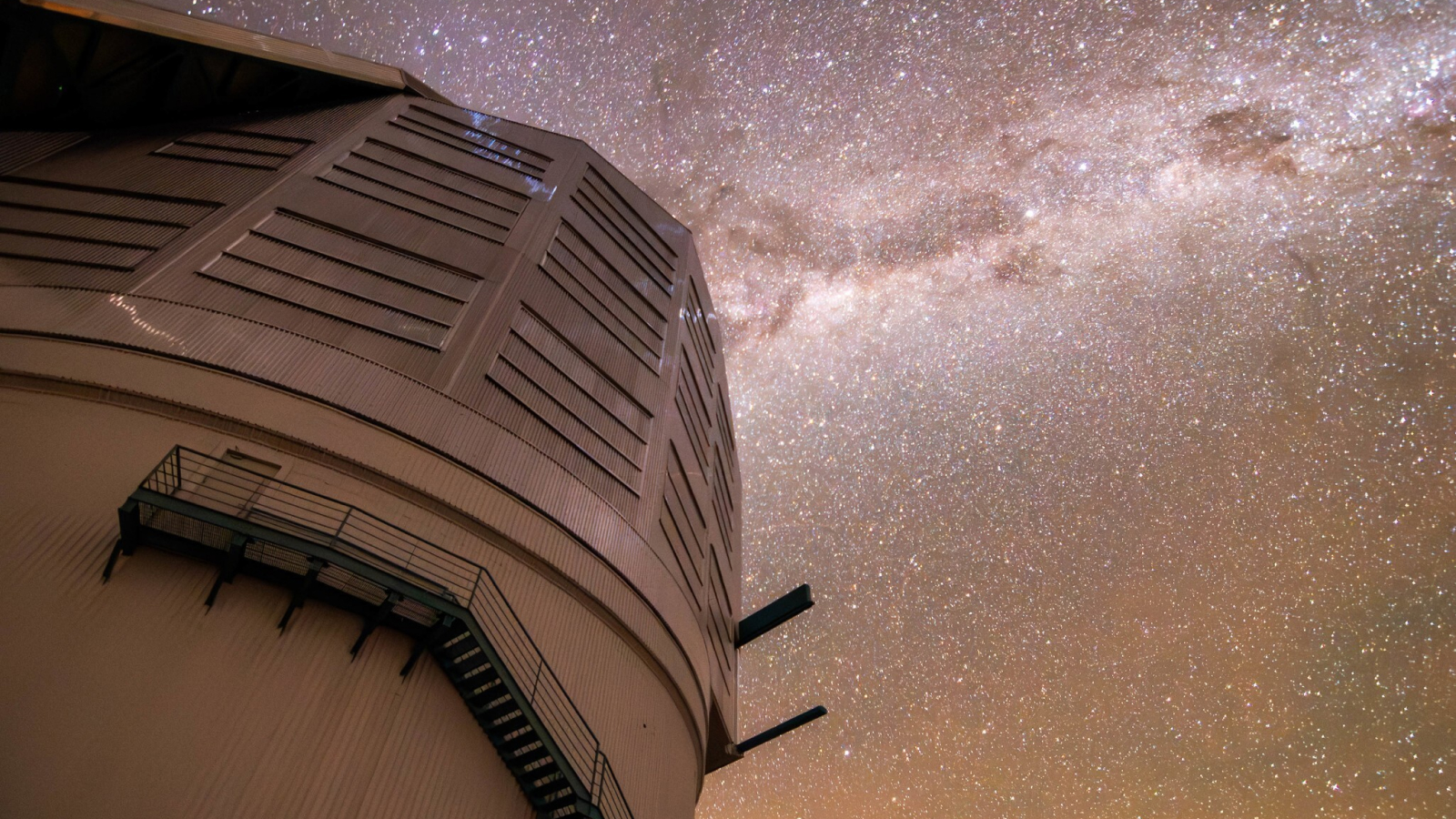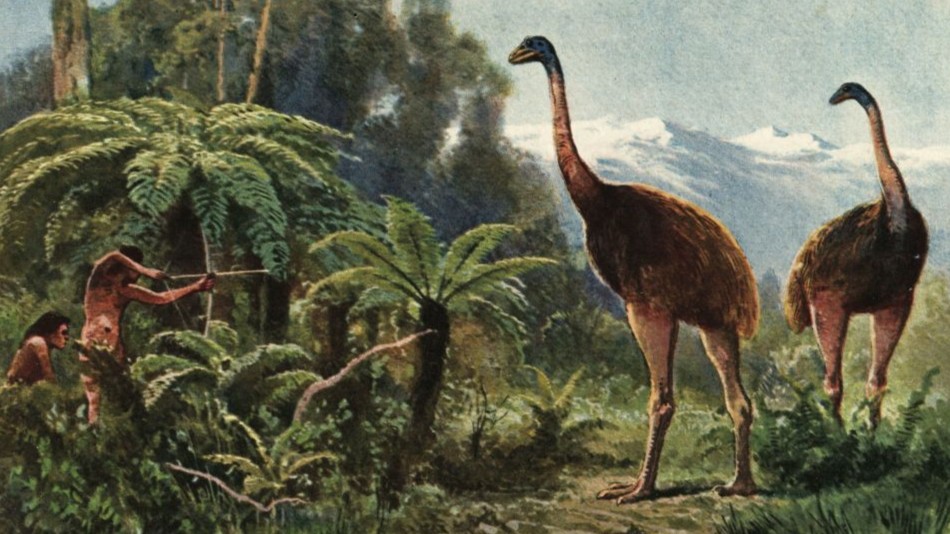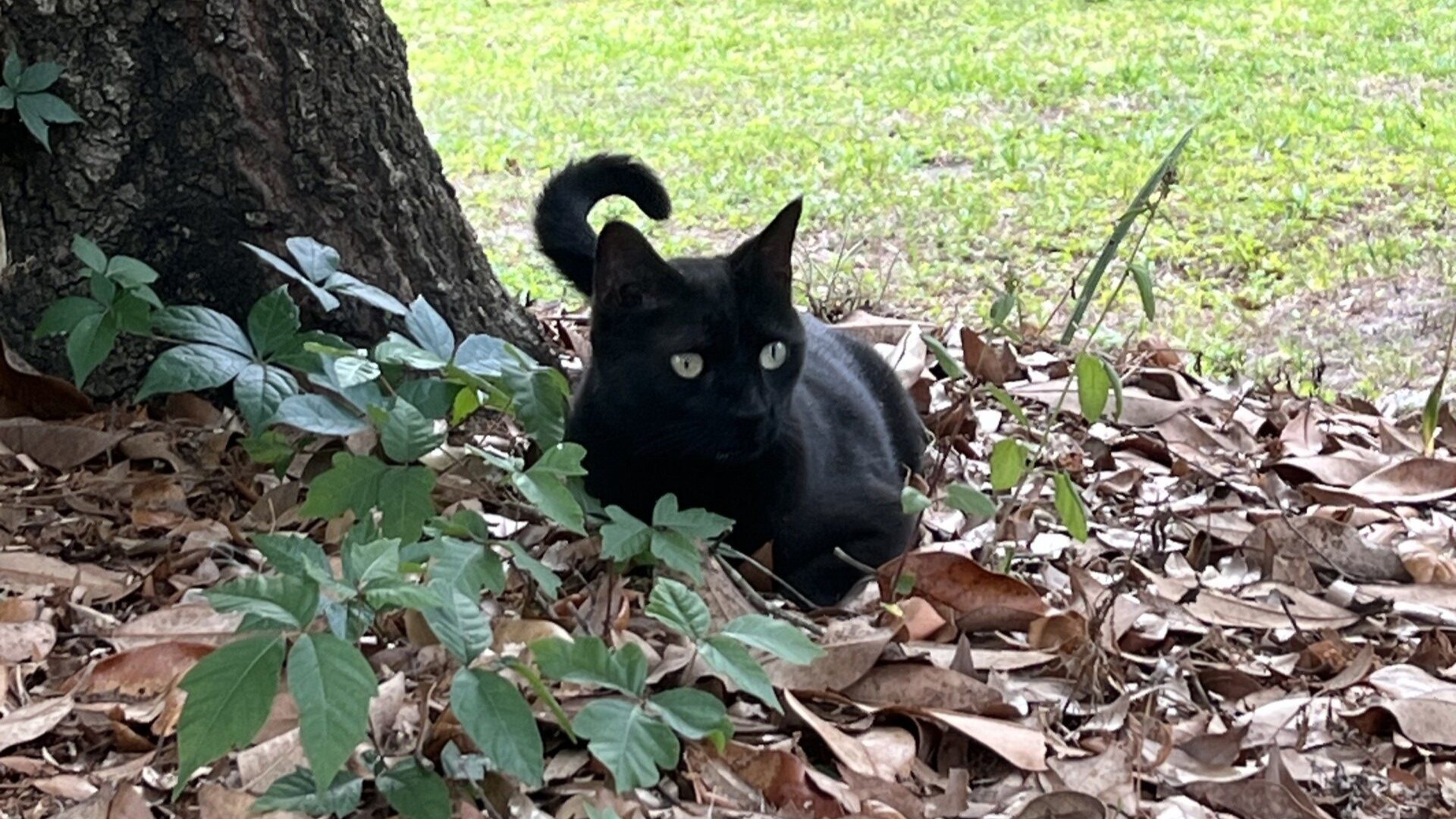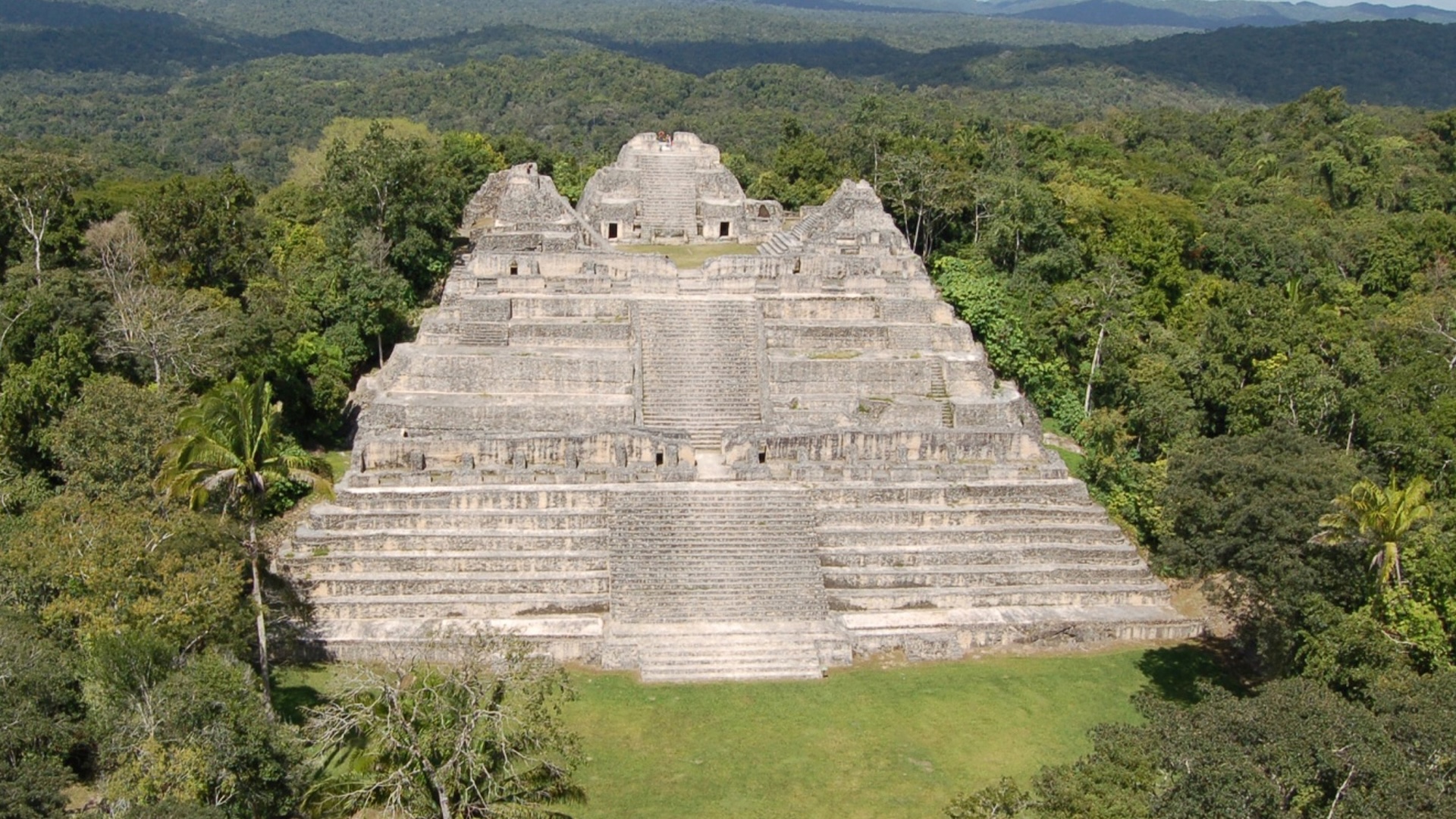Archaeologists believe they have found two mass graves of Black Union soldiers in Kentucky thanks to remote sensing techniques and the dogged work of a local historian, allowing them to tell the story of a forgotten Civil War tragedy.
On Jan. 25, 1865, a company of Black Union soldiers was ambushed by Confederate guerrillas in Simpsonville, Kentucky. Kentucky was technically neutral during the Civil War, but it was also home to Company E of the United States Colored Cavalry (USCC). This company was based at Camp Nelson, a Union Army depot where many enslaved men enlisted in order to be freed. The soldiers there had been driving 900 head of cattle toward Louisville as part of the Union supply chain when, unexpectedly, they were attacked by better-armed Confederate guerrillas.
These guerrilla troops — often called bushwhackers — generally included men who wanted to fight outside the confines of the military by surprising, ambushing and killing troops rather than following the rules of war.
“What followed wasn’t a battle — it was a slaughter,” Philip Mink, an archaeologist at the University of Kentucky, said in an April 24 presentation at the Society for American Archaeology conference in Denver. “Most of the 22 men were shot in the back while fleeing, despite wearing the uniform of the U.S. Army,” he said. “Guerrillas definitely targeted them because they were Black,” Mink told Live Science.
At the time, local newspaper coverage of this event was minimal, with reports that Simpsonville residents buried the bodies in a trench. But no formal record of the burial site was made, and the Union burial commission did not attempt to locate the soldiers’ bodies after the war.
Related: Remains of 4 Confederate soldiers, amputated legs and gold coins found at a Civil War battlefield in Virginia
More than a century later, local historian and retired State Rep. Jerry Miller scoured through oral histories, archival documents and old maps in an attempt to find the mass grave from the Simpsonville massacre. He joined forces with Mink and his colleagues in the search for the grave in 2008, when they investigated a local African American cemetery, without any success. Their research is not yet published in a peer-reviewed journal.
But a big break in the cold case came in the fall of 2023, when Miller found a single 1936 map that clearly marked a Civil War burial mound in what is now the field of a soybean farmer. The farmer confirmed the researchers’ suspicions: His father and grandfather had always told him there were Civil War soldiers buried on their property.
Mink and his team then launched a geophysical study of the land in December 2023, using a drone-mounted magnetometer to scan underneath the ground for metallic objects like bullets or belt buckles and terrestrial ground-penetrating radar to search for the location of the mass grave.
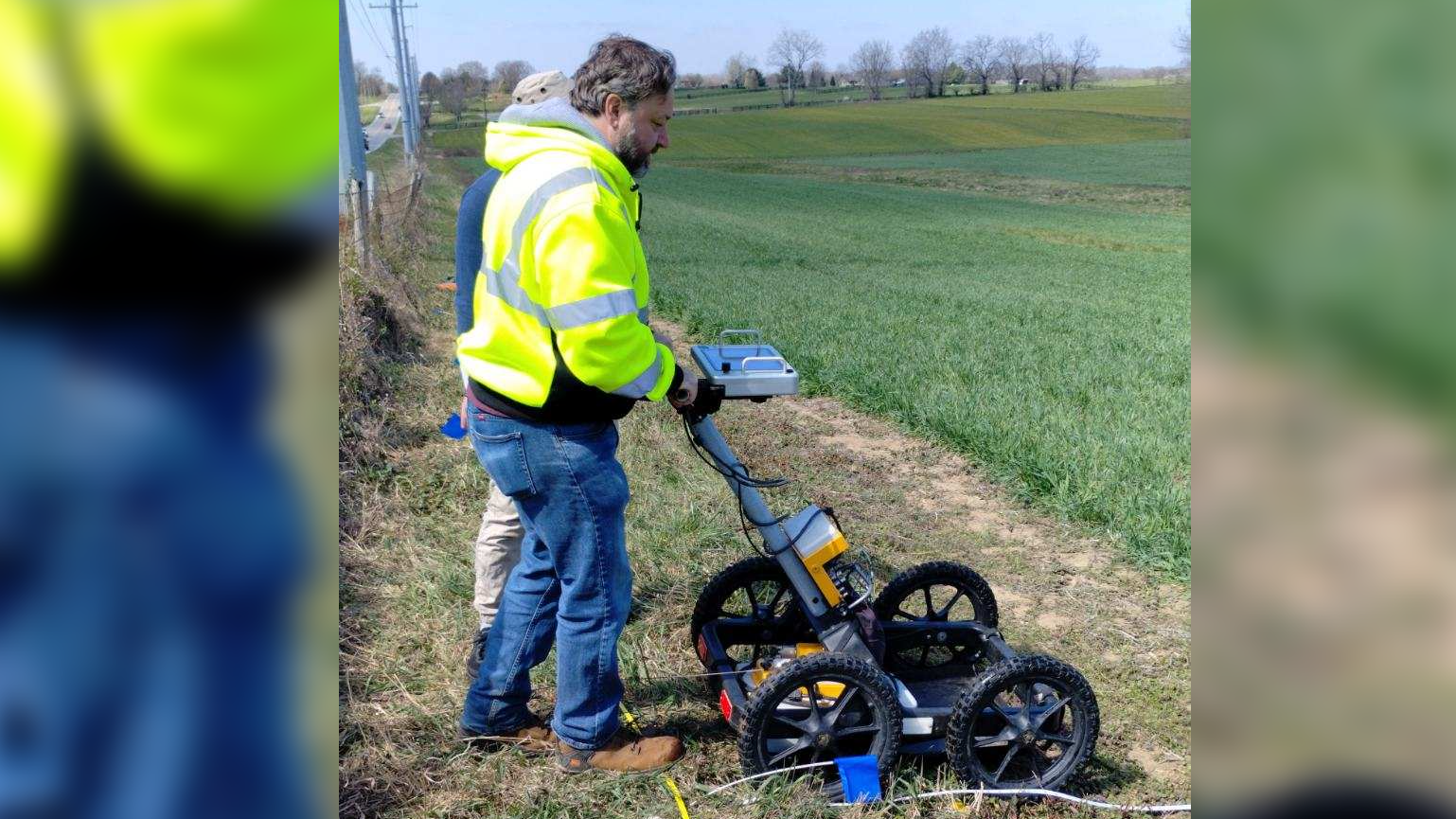
As the archaeologists analyzed the data they had gathered, they zeroed in on one anomaly that was about 5 feet (1.5 meters) deep, 13 feet (4 m) wide and 65.6 feet (20 m) long, which is “consistent with a mass grave,” Mink said in the presentation. However, their research also revealed a second, similarly shaped anomaly.
“This is not what I expected,” Mink said. “There’s a possibility that there may be two mass graves because, out of the 22 men who were killed, 14 were instantly killed and were buried immediately.” The remaining soldiers were wounded and died later and then may have been buried in a second grave.
Because the landowner has a crop of soybeans currently growing in the field, Mink said, the team plans to dig a shallow trench this fall to find conclusive evidence of the graves.
“As soon as we see that, we stop, we cover it back up, and then we decide what our next steps forward are,” Mink said, including consulting with the descendant community, military representatives and preservation experts.
“I’m so impressed with the use of modern technology to give dignity to these long-ignored and forgotten African American soldiers,” Holly K. Norton, the state archaeologist of Colorado, who was not involved in the research, told Live Science.
The Simpsonville massacre is a story of injustice, Mink said, and the men deserve to be remembered. Headstones have been made by Kentucky’s Shelby County Historical Society with the names of the USCC soldiers who were targeted by Confederate guerrillas, and the Commonwealth of Kentucky has erected a historical marker in remembrance of the massacre.
“In an ideal world, these men will be removed and reburied with full military honors at the Camp Nelson National Cemetery, where many of their other comrades are buried,” Mink said.





